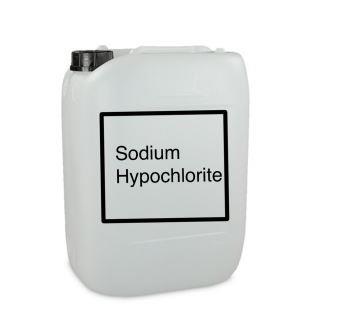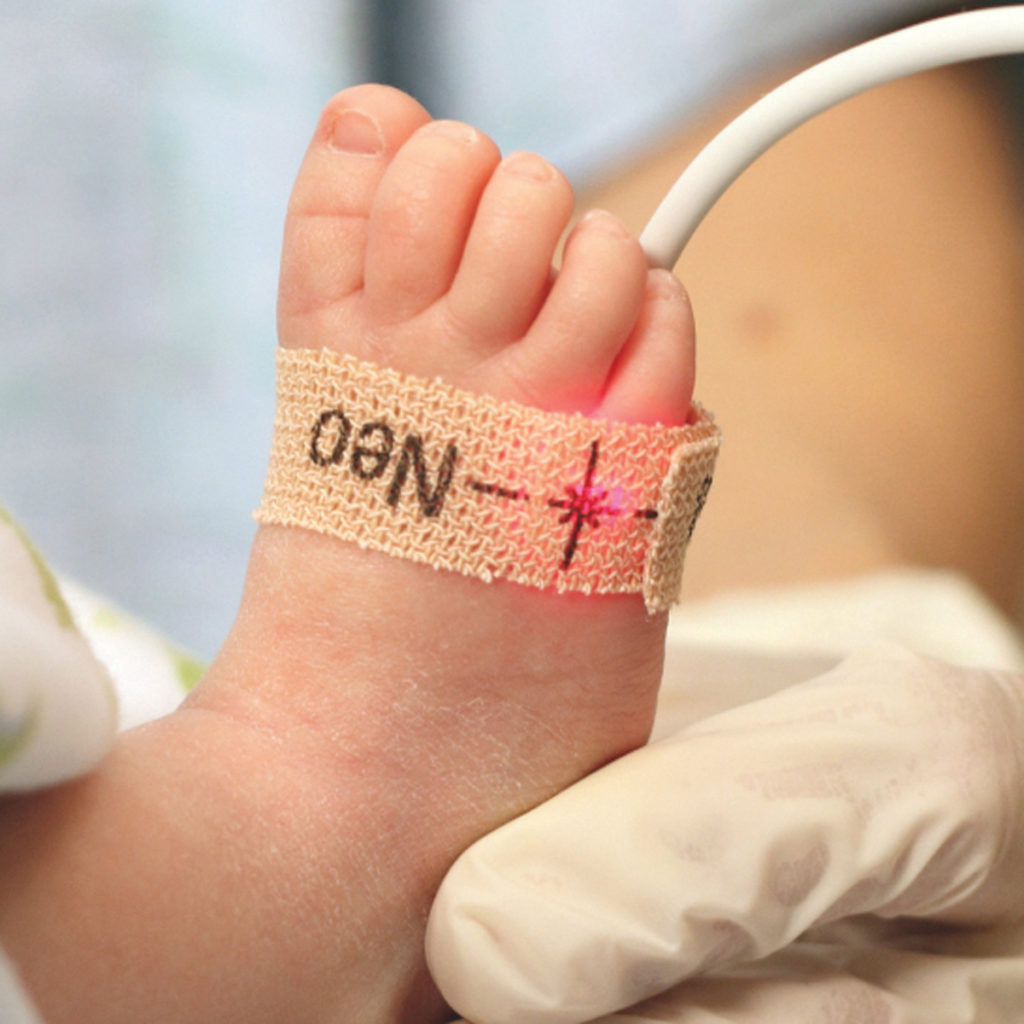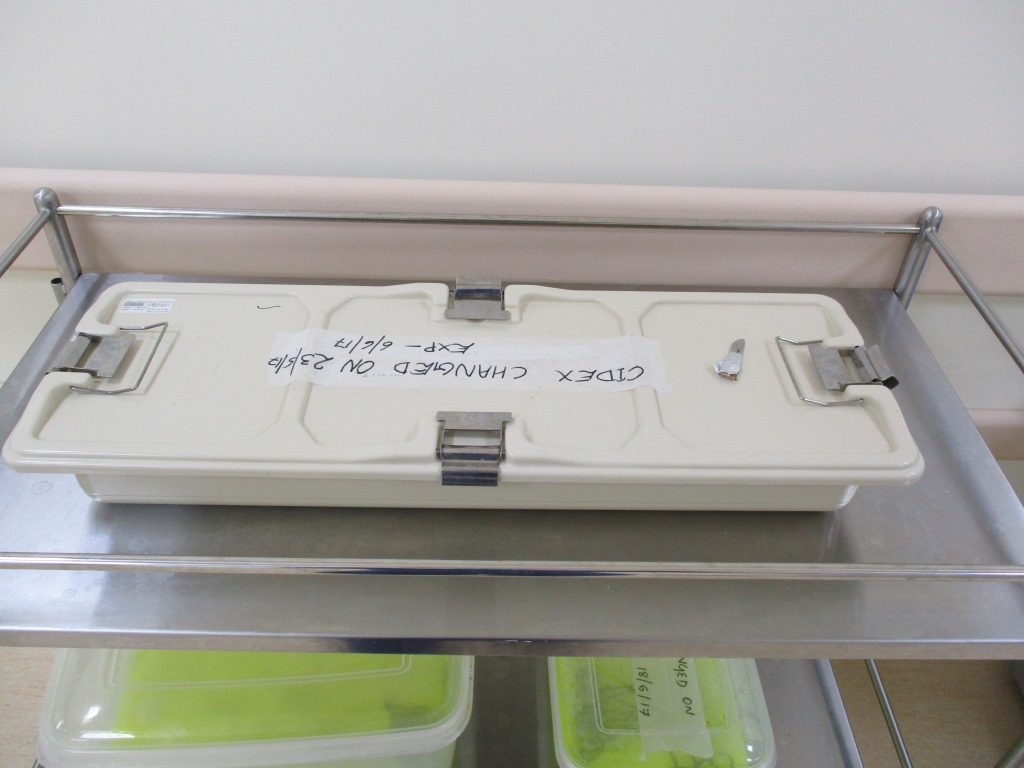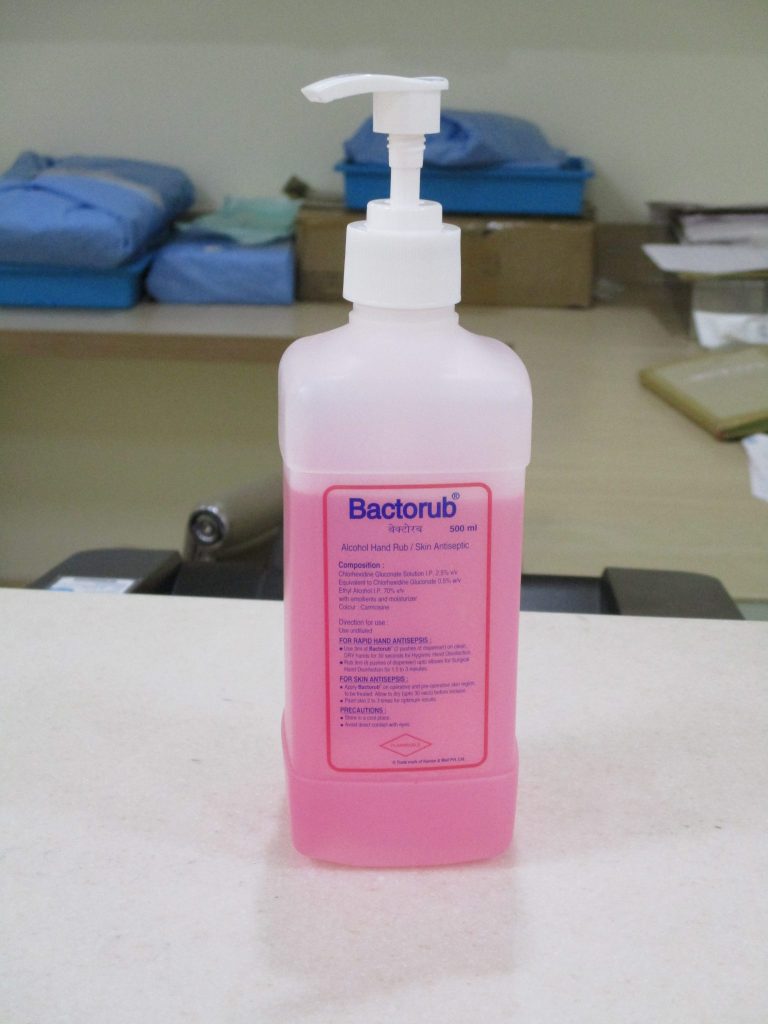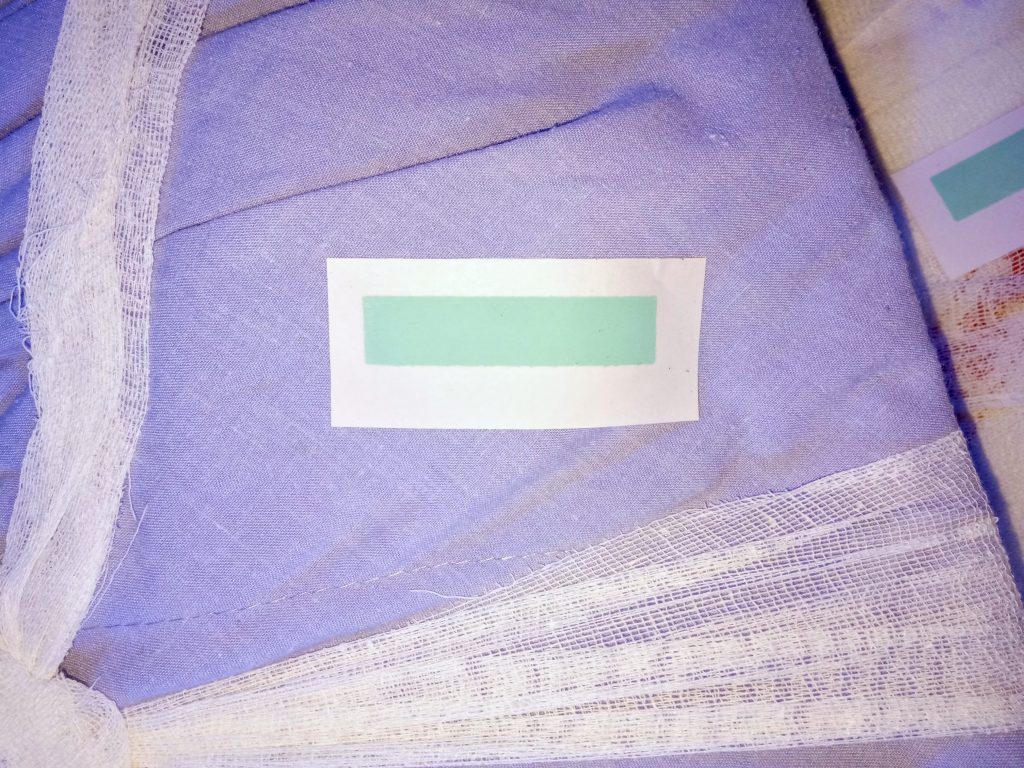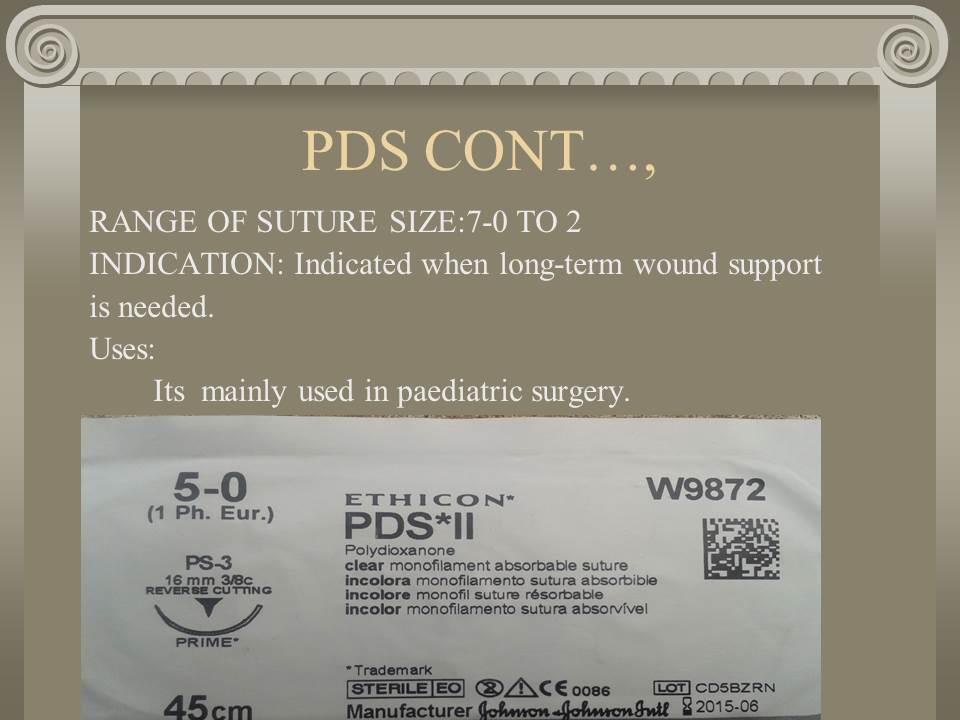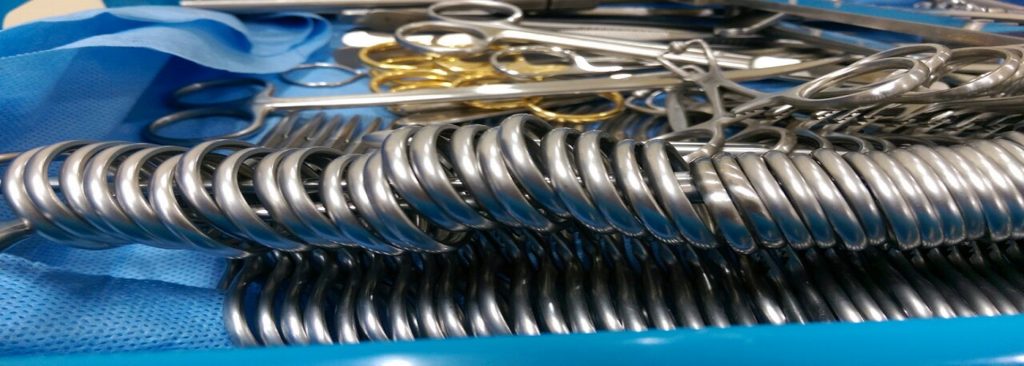The Science Behind Methylene Blue: Uses and Benefits
Methylene blue a Tricyclic Crystal violet color is a compound that has been used for various purposes in medicine, research, surgical practices, and other fields. It has a wide range of applications and benefits, including its use as a dye, an antiseptic, and a treatment for certain medical conditions. In this article, we will explore […]
The Science Behind Methylene Blue: Uses and Benefits Read More »

